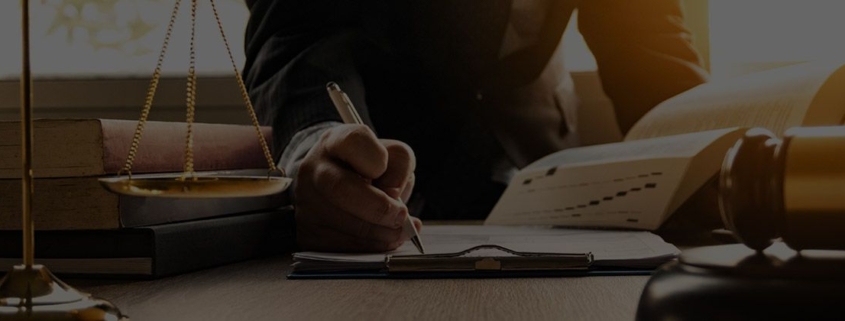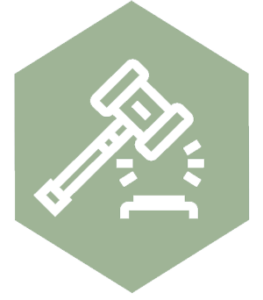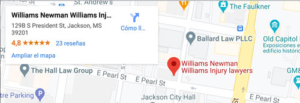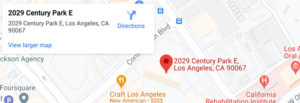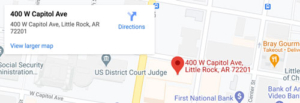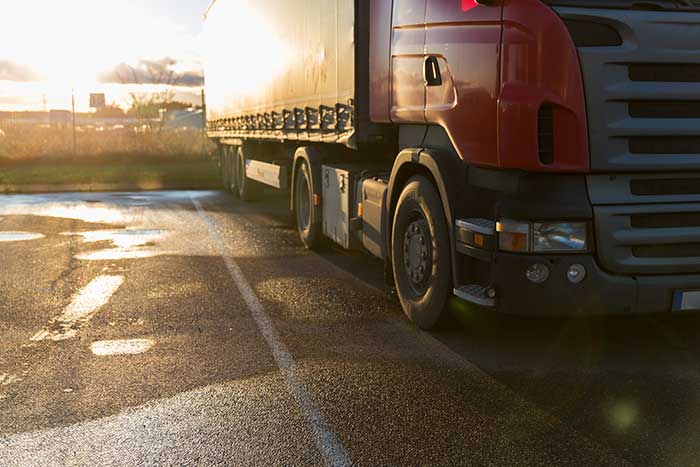Tesla CEO Angered by Coverage of Self-Driving Car Crashes
The CEO of Tesla, along with its supporters and investors, has been critical lately of the way the news media cover accidents involving the company’s semiautonomous vehicles. Residents of Mississippi should know what is behind such criticisms because they are often casually repeated by journalists and apt to result in uninformed opinions.
For example, a recent accident in Utah involved the driver of a Tesla Model S who crashed into a fire truck and broke an ankle because she was looking down at her phone. The Tesla CEO expressed his amazement that the accident would become front-page news when the tens of thousands of fatal car accidents that occur annually get less media coverage.
There are several flaws in the criticism. Anyone who watches the news is familiar with how regularly car accidents are covered. The Utah accident received wide coverage, not because of its severity but, ultimately, because of the technology involved.
Self-driving tech has yet to be adequately tested; Tesla’s has largely been developed in a regulatory vacuum. Moreover, the Utah driver had the Autopilot program engaged. The fact that she was distracted by her phone only justifies the concern that self-driving cars will make drivers complacent.
The criticisms appear to be insensitive to these concerns. Tesla has not stated that it will do anything constructive, such as improving safety standards or promoting better driver behavior.
Under auto accident law, anyone who suffers an injury, vehicle or property damage or any other loss because of a driver’s negligence can be eligible for compensation. After all, drivers are responsible for keeping their vehicles, even semiautonomous ones, under control. Before filing a claim, the victim could request a lawyer’s evaluation. Once an attorney calculates any comparative negligence, he or she could assist in negotiating for the settlement or, as a last resort, litigating.

